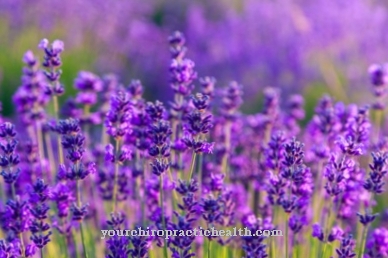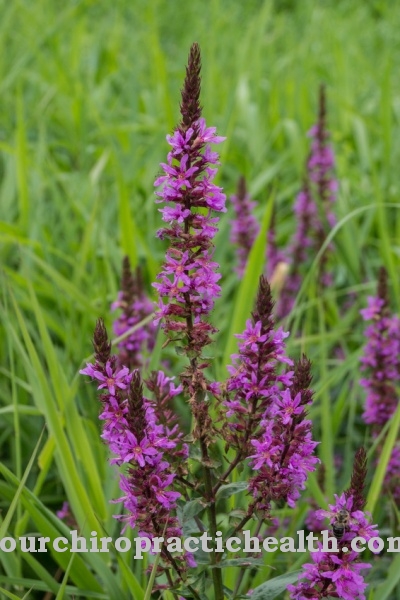At the Ordinary cat paws it is a medicinal herb that is hardly known in Germany or is rarely used in homeopathy due to its rarity. In doing so, it can provide useful services and, in addition to its known effects, can even be used externally for abrasions.
Occurrence & cultivation of the common cat's paw

As an evergreen plant, the medicinal herb reaches a height of up to 30 cm. Only in the second year does the plant sprout flowers, which are particularly popular for the composition of wild flower seeds. The plant shows its separate-sex inflorescences from May to July. Between three and twelve partial inflorescences differ in female cups, which show pink to purple-red leaves and in male cups, which show characteristic whitish-pink or dark red leaves.
The plant is pollinated by moths. If you want to harvest it, you have to aim high: the earliest specimens of this plant with the unusual name can only be found in the Alps from 2,400 m above sea level.
Effect & application
The common cat's paw is said to have some effects, especially on the mucous membranes. However, due to its rarity, it is rarely used. It is known in phytotherapy and is often used there because of its diuretic effect. Diseases such as bladder and kidney diseases can be alleviated well with it. It has an antibiotic, expectorant and anti-inflammatory effect.
This makes the common cat's paw particularly suitable for all flu-like infections, problems and irritation of the mucous membranes, such as bronchitis, asthma, inflammation of the pharynx and oral cavities, but also for diarrhea and biliary and liver problems. The medicinal herb fights bacteria through its properties and helps to loosen stuck mucus through its expectorant properties. This is ensured in particular by their components, which include tannins, flavonoids, bitter substances and coumarins. In addition, the medicinal plant is said to have a positive effect on metabolic disorders.
Tea is traditionally prepared from the dried flowers, for which about two spoons of the medicinal plant are poured with hot water and drunk shortly after meals. It is said to stimulate biliary activity and has a diuretic effect. A tincture can be prepared instead of the tea. To do this, flowers are placed in a closable container and high-proof schnapps (it is important that the alcohol is high-proof) poured over it.
The previously hot rinsed glass is closed and briefly turned upside down, then returned to its original position. After that, it should stand on the windowsill in the sun for at least 10 days and pull. The tincture can now be consumed drop by drop or used externally for gargling and rinsing. In the area of finished medicinal products, the common cat's paw can be found in many types of tea for the indications of liver and gallbladder problems as well as kidney and bladder problems.
Taking preparations with the medicinal herb can influence the effect of other medications if taken at the same time. It is therefore important to only use this plant or corresponding teas after consulting the treating physician or doctor.
Importance for health, treatment & prevention
Anyone who feels a scratchy throat or a stomach tumor clearly indicates a bacterial problem is well advised to remedy the situation with a tincture or tea of the common cat's paw. The tannins, resin and bitter substances ensure that the first signs of an infection prevent it from spreading. Especially in the colder months of the year or when the weather changes, the active ingredients of the common cat's paw can provide relief to sensitive people.
The plant has an antibacterial and expectorant effect: the smallest harbingers of an infection can be flushed out and the flu averted. So if you gargle regularly with the common cat weed or drink a cup of tea, you can use it to strengthen your immune system. Due to the supporting metabolic effect, the teas are also suitable for dieting.
The body detoxifies more effectively during the purification phase and thus supports the process of losing weight. But be careful: If you have to take medication regularly, you should definitely coordinate the use of this herb. Because its active ingredients can influence other drugs and change them.
Due to its rarity, the plant is also often buried in wild flower seeds. It is an extremely undemanding plant and therefore particularly suitable for stone and ornamental gardens. It also thrives on wall joints without any problems. On top of that, it can quickly create decorative surfaces by forming runners. It only needs a sunny spot, otherwise no further maintenance, such as watering or fertilization, is required.
The common cat's paw is a completely frost-hardy plant and therefore a grateful part of an ornamental garden. In addition, the integration of the plant in the home garden makes a contribution to environmental protection.













.jpg)

.jpg)
.jpg)











.jpg)